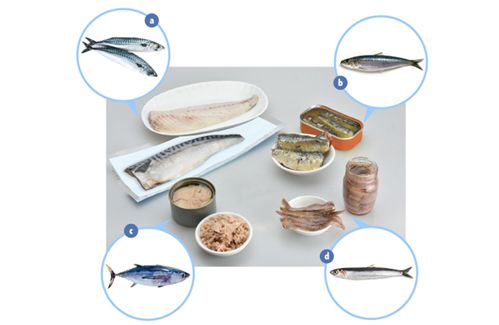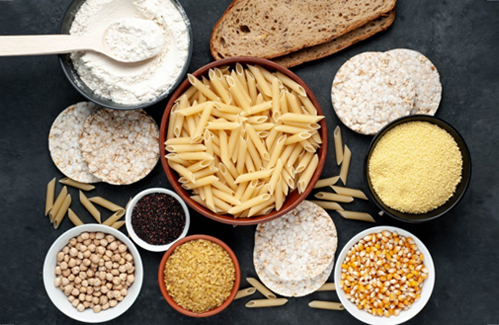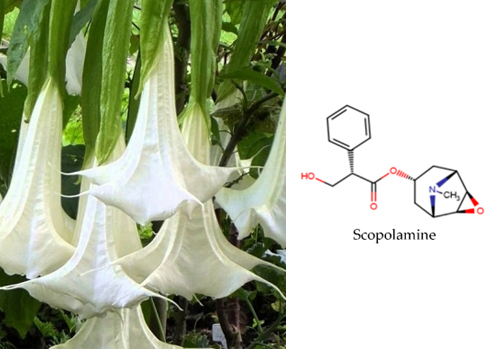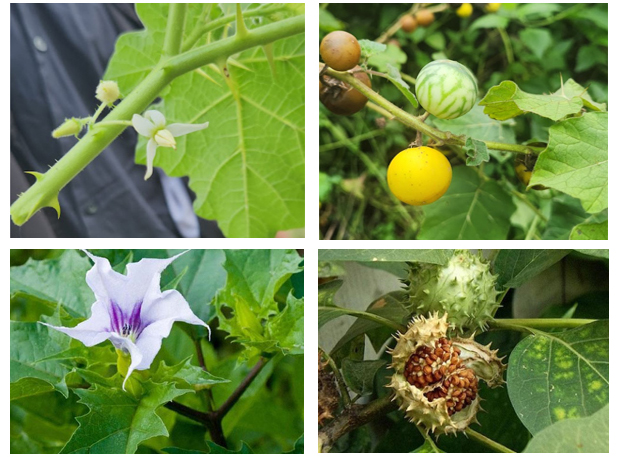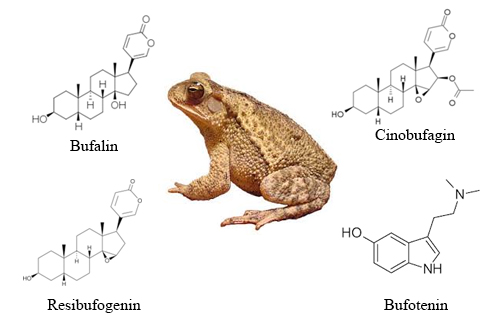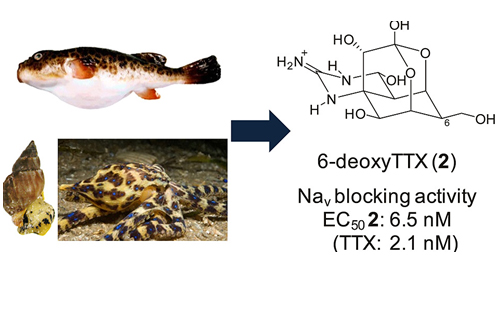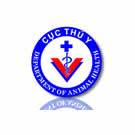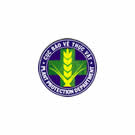- Folder Determine Cause of Poisoning
- Views 307
- Last Updated 30/12/2024
In oriental medicine, Strychnos nux-vomica is a medicinal herb used in many traditional folk remedies, especially seed. Strychnos nux-vomica seeds are bitter, cold, and very harmful, they have the effect of strengthening the spleen and stomach, strengthening tendons and bones, clearing meridians, dispersing stagnation, reducing swelling, relieving pain, eliminating rheumatism and paralysis. When overdosed with Strychnos nux-vomica, symptoms of poisoning include continuous convulsions, stiffness like curling up and death due to respiratory paralysis.
1. Poisoning cases related to Strychnos nux-vomica in Vietnam
Recently, many localities have had reports of food poisoning related to Strychnos nux vomica. During the period from 2017-2023, the National Institute for Food Control (NIFC) has received several reports of food poisoning related to Strychnos nux vomica, as well as analyzed and determined the causes as follows:
- July 2017, in Quang Binh, two brothers were treated at Vietnam - Cuba Dong Hoi Friendship Hospital in critical condition, with cyanosis all over the body, no pulse, unmeasurable blood pressure, respiratory arrest, and had to be actively resuscitated for circulatory arrest due to accidentally drinking alcohol soaked with Strychnos nux-vomica to massage their hands and feet.
- July 2021, in Quang Binh, four young men who were poisoned were treated at Vietnam - Cuba Dong Hoi Friendship Hospital by accidentally drinking alcohol soaked with Strychnos nux-vomica in critical condition, with drowsiness, cyanosis, continuous convulsions, and foaming at the mouth.
- November 2022, in Son La, a 56-year-old male patient was treated at Son La General Hospital promptly with stiff legs and unable to walk. Before that, the patient had drunk alcohol soaked with Strychnos nux-vomica seeds (used for massage).
- January 2023, in Lao Cai, Bat Xat District General Hospital had admitted a 38-year-old male with numbness in his limbs and stiff mouth after drinking water boiled from wild tree seeds bought at the market to treat stomachache.
Strychnos nux-vomica poisoning occurs mainly because people mistakenly drink massage wine soaked with Strychnos nux-vomica seeds or mistake it for another edible seed (Sành seed – Vietnamese name - a type of seed used to treat stomach and colon diseases).
According to the analysis results of the National Institute for Food Control, all poisoning cases were determined to be caused by typical toxic active ingredients in Strychnine including Strychnine and Brucine.
2. Characteristics, distribution and symptoms of poisoning
2.1. Characteristics, distribution
Scientific name: Strychnos nux-vomica, family: Loganiaceae
Other name in Vietnam: củ chi, phiên mộc miết, mắc sèn sứ (Tày), co bên kho, co sét ma (Thái).
Morphological description:
- Large tree, upright trunk 5 – 12 m high. Branches are short, without hooks, sometimes with thorns in leaf axils, grey bark with holes. Leaves grow opposite, ovate, obtuse base, pointed tip, 6 – 12 cm long, 3.5 - 8.5 cm wide, smooth and tough, glossy dark green on top, prominent veins on the underside, petiole 5 - 10 cm long.
- Inflorescence grows at the top of the branch in a 3 – 5 cm long panicle, with 1 - 2 pairs of leaves with fine hairs; flowers are white or pale yellow; 5 petals; 5 stamens, attached above the corolla tube; ovary is ovate, smooth.
- Fruit is spherical, 3 – 6 cm in diameter, hard and shiny shell, orange-yellow or red-yellow when ripe, containing white pulp and 1 - 5 round, flat seeds like large buttons, 2 - 2.5 cm in diameter, 4 – 5 mm thick, one side is convex, one side is concave, with shiny smooth hairs radiating evenly from the middle, grey. Flowering and fruiting season: February - August.
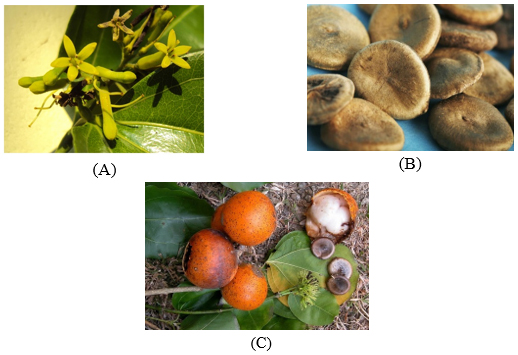
Figure 1. Part of Strychnos nux-vomica
(A) – Flower; (B) – Seed; (C) – Fruit
Strychnos nux-vomica is distributed mainly in the tropical regions of Southeast Asia and South Asia, including India, Bangladesh, Sri Lanka, Myanmar, Thailand, Cambodia, Laos, northern Malaysia, and Vietnam. The plant is found in the Philippines due to importation and has now become wild. In Vietnam, Strychnos nux-vomica is only found in the southern provinces, most abundantly in Khanh Hoa, Binh Thuan, Ninh Thuan, Dong Nai, Ba Ria-Vung Tau, Long An, Tay Ninh, Kien Giang (Phu Quoc Island), Gia Lai, and Dak Lak.
Strychnos nux-vomica seeds are easily confused with Sanh (Sang) seeds (Vietnamese name) because of their similar appearance and the effects of Sanh seeds are known in treating stomach and colon diseases:
Table 1. Some plants are easily confused with Strychnos nux-vomica
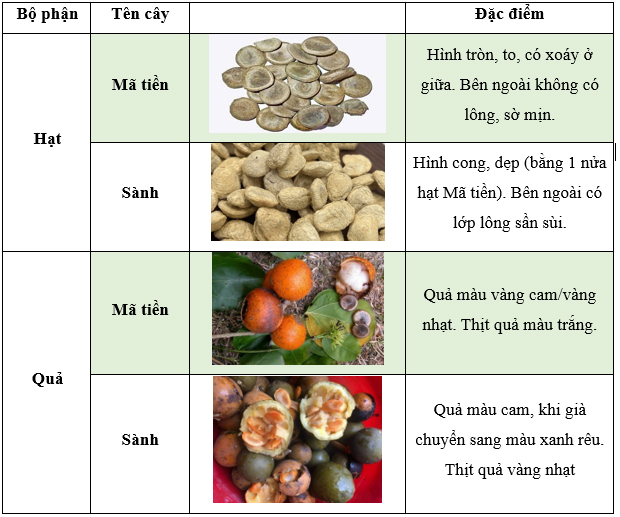
2.2. Toxicity of Strychnos nux-vomica
The Strychnos nux-vomica seeds are used as medicine or as an extract. The main toxins in the seeds are Strychnine and Brucine. The Strychnine content in the seeds accounts for 50% of the total alkaloids in the Strychnos nux-vomica seeds
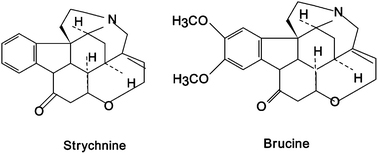
Figure 2. Typical toxic alkaloid of Strychnos nux-vomica seeds
Through processing, the chemical composition of Strychnos nux-vomica changes, the content of toxic alkaloids Strychnine and Brucine is reduced due to partial conversion into corresponding N-oxide. Methods of processing Strychnos nux-vomica seeds:
- Soak the seeds in rice water for a day and a night until they soften, take them out, peel them, slice them thinly, dry them and pound them.
- Put the seeds in sesame oil and boil until the seeds float, then take them out immediately (if they are slow, the seeds will burn and lose their effect). Slice them thinly and dry them.
- Soak the seeds in regular water or rice water until they soften. Take them out, peel them and set them aside, and set them aside. Roast the seeds and the shells separately, then pound each one separately.
The correct dosage of Strychnos nux-vomica will stimulate, increase muscle strength and nourish the body. Due to its high toxicity, raw Strychnos nux-vomica is mainly used externally, while processed Strychnos nux-vomica can be used in powder or decoction form. When overdosed, it causes poisoning symptoms such as continuous convulsions, tetanus-like stiffness and death due to respiratory paralysis.
Dosage:
- Adults: Use an average of 0.05 g each time, maximum 0.1 g. Within 24 hours, an average of 0.15 g, maximum 0.3 g.
- Children 3 years and older can use 0.005 g per year of age.
- Children under 2 years old, absolutely do not use this medicine.
- If you take 5 – 20 mg of strychnine (a component of the Strychnos nux-vomica plant) at once, you will be poisoned, 30 mg will cause death.
2.3. Symptoms of Strychnos nux-vomica poisoning
Clinical symptoms appear after using Strychnos nux-vomica seeds for about 15-30 minutes and last for several hours to many hours.
Mild symptoms: increased tendon reflexes and muscle stiffness creating a tetanus-like arched posture, no respiratory muscle stiffness and no respiratory failure. Facial manifestations: frowning, uncomfortable and fixed, mouth muscles contract, exposing the two jaws.
Severe symptoms: respiratory muscle stiffness causing respiratory failure and death if not treated properly.
3. Prevention and treatment of Strychnos nux-vomica poisoning
3.1. Treatment of Strychnos nux-vomica poisoning
In case of detecting a patient with poisoning, it is necessary to notify the medical agency, take the patient to the hospital promptly and treat the symptoms mainly.
3.2. Prevention of Strychnos nux-vomica poisoning
In case of confusion or unintentionally: label the medicinal wine and place Strychnos nux-vomica wine (for massage) in a high place, out of reach of children, not together with other types of drinkable wine.
Do not self-treat with herbal medicine of unknown origin.
Advise people to be highly vigilant, do not arbitrarily pick or take fruits and seeds whose toxicity is unknown for use.
4. Propaganda activities to prevent Strychnos nux-vomica poisoning
In recent years, the National Institute for Food Control has determined the cause of food poisoning cases related to Strychnos nux-vomica. With the desire to contribute to reducing cases of food poisoning caused by toads in particular and natural toxins in general, the National Institute for Food Control regularly carries out investigation activities, determines the cause of food poisoning as well as communication to prevent poisoning. Communication activities to prevent toad poisoning will help limit future poisoning cases.
The National Institute for Food Control is the highest level food testing agency, under the Ministry of Health, established under the Prime Minister's Decision No. 376/QD-TTg dated March 23, 2009. covered. The National Institute for Food Control is designated by the Ministry of Health, the Ministry of Agriculture and Rural Development and the Ministry of Industry and Trade to serve as a testing agency for state management. The National Institute for Food Control is an arbitration testing unit in nationwide for food quality and safety. In addition to performing food testing tasks to serve the state management in accordance with functions and duties, the National Institute for Food Control performs food testing services for customers in need. With the leading food testing capability in Vietnam, a laboratory with modern equipment and a team of experienced staff and experts, the National Institute for Food Control is committed to bringing to customers the best service of food testing with the motto: Honesty, Devotion, Accuracy, Efficiency, Prestige.
Author: Kieu Van Anh
Laboratory of Food Toxicology and Allergens - National Institute for Food Control
REFERENCES
1. Do Tat Loi (2004), Vietnamese medicinal plants and herbs, Medical Publshing House (in Vietnamese).
2. Do Huy Bich (2006), Medicinal plants and medicinal animals in Vietnam, Science and Technics Publishing House (in Vietnamese).
3. Ministry of Health (2015), Guidelines for diagnosis and treatment of poisoning (in Vietnamese).
4. Tran Cong Khanh (2004), Poisonous plants in Vietnam, Medical Publshing House (in Vietnamese).





